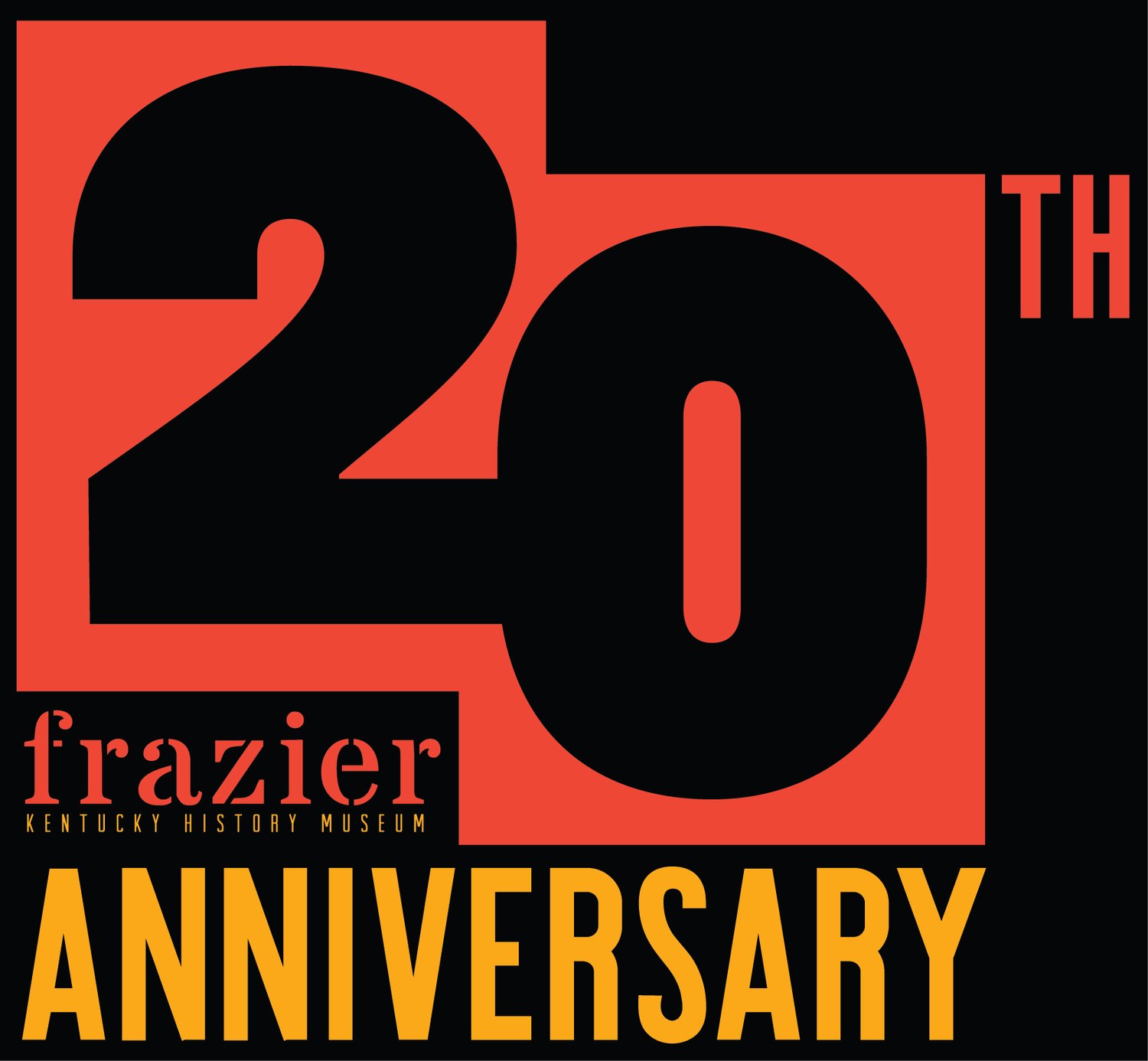
What is a Vote Worth? Suffrage Then and Now
Closed in 2021
Sponsored by Wells Fargo
On August 18, 1920, Congress ratified the 19th Amendment granting women the legal right to vote. This year, the Frazier History Museum, the League of Women Voters of Louisville (LWVL), and the Louisville Metro Office for Women (OFW) have come together to mark the 100th anniversary of the 19th Amendment and the 55th anniversary of the Voting Rights Act, which prohibits racial discrimination in voting, with an exhibit at the Frazier sponsored by Wells Fargo.
What is a Vote Worth? Suffrage Then and Now examines the women’s suffrage movement in the U.S., while zeroing in on features of the movement in Kentucky — its stars and villains, triumphs and defeats.
About the Exhibition
By situating the Kentucky woman’s suffrage movement within the history of the larger movement, What is a Vote Worth? connects the struggles faced by women in the past to those that continue in the 21st century.












*this exhibit will end on sunday, August 1, 2021.
Exhibit Layout
The exhibit is divided into several sections, each of which adheres to a theme or tackle a set of questions:
Life Before Suffrage. What was life like for women before they gained the legal right to vote?
Prominent Kentucky Woman Suffragists. Who were Anna Simms Banks, Madeline McDowell Breckinridge, Mary Breckinridge, and Susan Look Avery? What roles did they play?
Marching For Equality. What did the Woman Suffrage Procession of 1913 accomplish? How did it shape the struggle for women’s suffrage?
Clubs and Associations. What role did clubs and organizations such as the Women’s Christian Temperance Union (WCTU) play?
Lifting as We Climb: African-American Women and Suffrage. What role did black women play in the fight for women’s suffrage in the U.S.? How and why did many white women’s suffrage organizations work to keep black women disenfranchised?
Partners and Allies. Who were the movement’s prominent male allies? What role did they play?
The Anti-Suffrage Movement. Who were the most outspoken critics of the women’s suffrage movement? What were their arguments, and how did they message them?
Post-19th Amendment Milestones. How and when was the franchise expanded to Asian-Americans, Native Americans, and other marginalized groups in the United States?
The Voting Rights Act of 1965. During the Civil Rights Movement of the 1950s and ‘60s, which of the movement’s key activists were operating in Louisville and elsewhere in Kentucky?
Suffrage, Then and Now. What does the struggle for suffrage look like today? How do gerrymandering, poll taxes, felony disfranchisement, SCOTUS’s Shelby County ruling, and the voting rights restrictions on U.S. citizens in Puerto Rico and other territories stand in the way of universal suffrage? How have the 2017 Women’s March and the #MeToo and #TimesUp movements shaped the collective struggles against sex- and gender-based discrimination and, more broadly, patriarchy?
Artifacts & Installations
Objects on display include:
A replica cast of a handshake between suffragists Elizabeth Cady Stanton and Susan B. Anthony
Historic women’s costumes and undergarments, 1820 – 1920; and women’s bicycles, late 19th c.
Pro-suffrage books and miscellany, including a Louisville Equal Rights Association minutes book, “Votes For Women” apparel, broadsides, postcards, and valentines; and a “Not For Sale” stencil
A diorama, stereoscope images, and original artifacts of the 1913 march, including a parade cape and a pamphlet titled Official Program: Woman’s Suffrage Procession, Washington D.C., March 3, 1913
Educational Resources
An inquiry-based curriculum guide for grades K – 12 that incorporates the new Social Studies standards has been made available to all teachers in Kentucky free of charge at whatisavoteworth.org. Teaching Artist Melinda Beck has created a three part introduction to Suffrage for school aged children. Part one and two are below, part three is in production.

